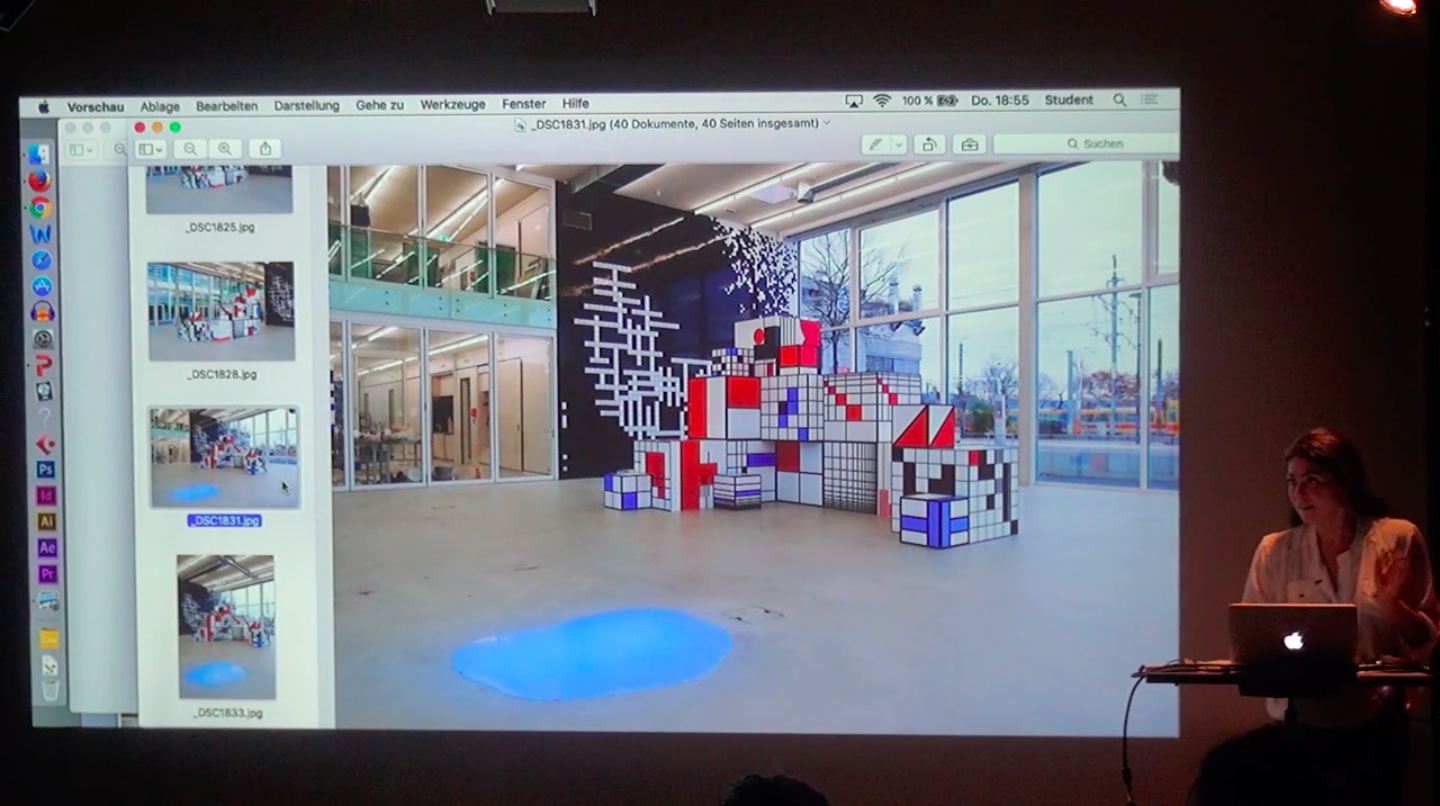

Aranda’s practice is informed by her long-term research on the relationships that art establishes with life, experience, time, and information at many levels. Art can function as a storehouse of words, in the same manner that the polar ice sheets are a storehouse of bacteria. Every language has its own idea of what constitutes a word. In English, „mustard“ is a word but „moutarde“ is not. In French, the inverse is true. Is art a language? Let’s go along and assume that is one, and let’s try to understand how are words constituted. The interplay of words in a cryptic crossword offers an interesting disparity between language and image.
Imagine bacteria living in a subzero artic frost… Scientists in the far northern reaches of Canada have collected and cultured about 200 microbes, putting the organisms in a simulation of their native environment to find the one best suited to life in extreme conditions. This turned out to be a strain of Planococcus halocryophilus, which makes its home in tiny veins of salt water in the Arctic permafrost. The bacteria can reportedly grow in these conditions and survive at temperatures down to negative 25 degrees Celsius. Oh! Though the fact that these bacteria can survive at such temperatures is amazing in itself, one could also consider the possibility of similar strains (living or dead) existing in the comparably frigid, salty environments of Mars or Saturn’s moon Enceladus. Locked in the frozen vaults of Antarctica and Greenland—in the same manner that words are locked in a crossword—a lost world of ancient creatures awaits another chance at life.
Julieta Aranda is a conceptual artist that lives and works in Berlin and New York City. She received a BFA in filmmaking from the School of Visual Arts (2001) and an MFA from Columbia University (2006), both in New York. Her explorations span installation, video, and print media, with a special interest in the creation and manipulation of artistic exchange and the subversion of traditional notions of commerce through art making. Aranda’s complex body of work exists outside the boundaries of the object, and is characterized by the struggle of catching sight of elusive concepts such as time, circulation, and imagination.